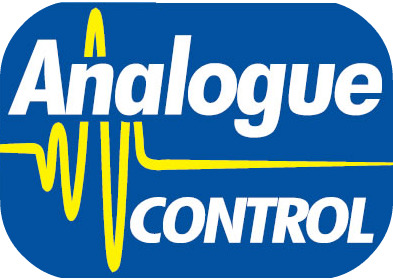1-10v Lighting Control Installations whats the standard?

1-10V
A recent project highlighted the common mistakes made when wiring 1-10v DC analogue control.
When wiring for DMX or Dali there is a widely accepted standard which can be followed but with 1-10v control there is no such standard I guess the thought is always but it’s so simple how can it go wrong!
The Basics:
Electronic ballasts display a 10V DC between there 0V and + control inputs. When this connection is open circuit the ballast provides full brightness on its connected lamps.
A controller sinks current to reduce this control voltage to 1V to achieve maximum dimming (lowest brightness).
The Simple Test:
Short the + and 0V connected to one or a number of ballasts in parallel and ensure that the connected lamps dim to the lowest dimming level. On removing the connection the lamps should return to 100% brightness.
A more advanced tests:
Ballast / group of ballast test:
Using a DC ammeter the current required to reduce the control voltage can be checked. The current is noted in the specification for all ballasts and is generally less than 1mA. If a ballast is producing a higher current then it may be faulty.
Controller Test:
To check, connect the controller, set to lowest brightness and measure the voltage on the control line. The value
should be 1 V or less.
These golden rules should be followed by specifiers and installers to ensure the best operation of these types of systems:
1-10v Golden Rules:
- Study product data sheets, installation instructions, and specification guides and/or handbooks carefully before designing and applying one of the various control systems.
- Check carefully the needs, wishes and expectations of the customers and users with the possibilities of the preferred or applied control system.
- Ensure that sufficient knowledge of the control system is available on the side of the contractor. Education possibilities should be available.
- Mark cabling at beginning and end. Use the correct cabling within the maximum lengths.
-
The control line is isolated from the power line but not at safety extra-low
voltage (SELV). Cables and terminals that are approved for 230 V must
therefore be used.
- Avoid humidity and temperature shocks for the electronic components during installation.
- Connect dimlines according polarity: plus to plus and minus to minus.7) Treat dimline wiring like mains voltage wiring.
- Check that the working of the lighting installation is 100 per cent correct before connecting or commissioning the control system. It is advised to let the installation run for 24 hours before commissioning. We recommend that you allow new lamps to burn in for at least 50 hours at 100% luminous flux.
- Be careful during the insulation tests (when using mega ohmmeter).
- Carefully check the wiring and connections of the control part before starting with the configuration / commissioning.
- Make proper earth connections for the metal optics.
- The routing of cabling should ensure that neither the mains power supply cable nor the control cable runs parallel to the output cables from the ballast as these operate at high frequency and may cause interference.
- See manufacturers specifications for cable type but our recommendation is a minimum cross section of 0.5mm2

